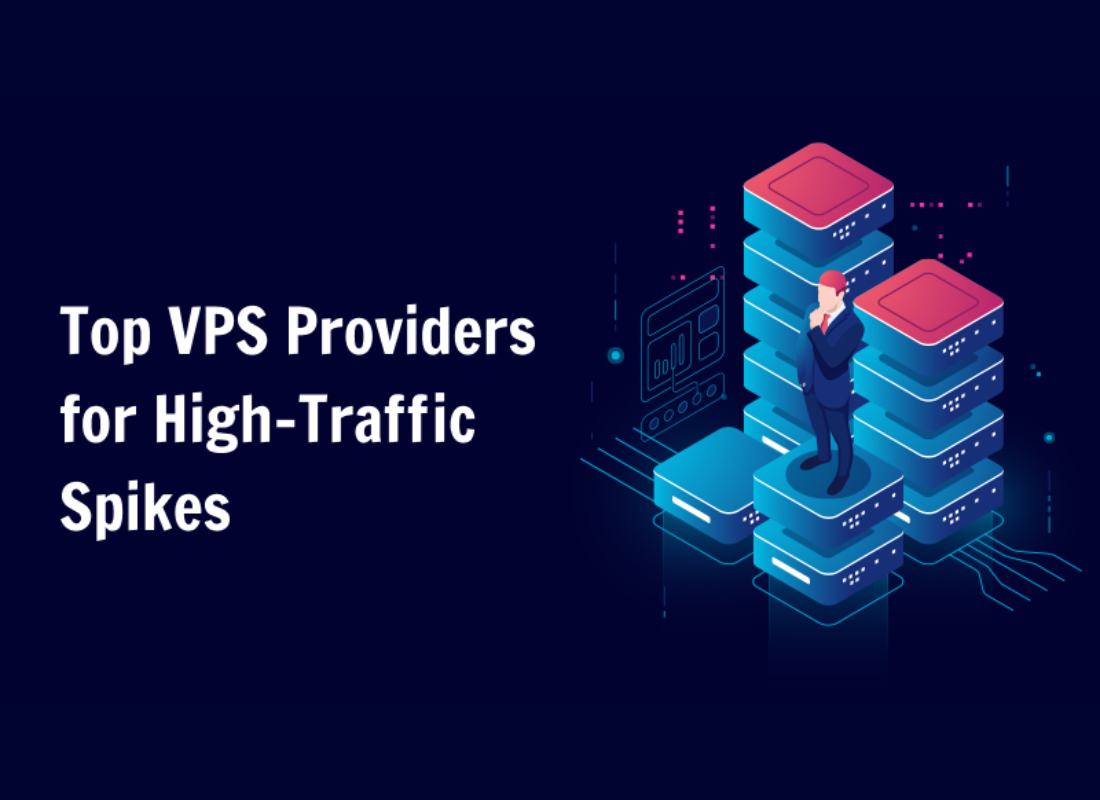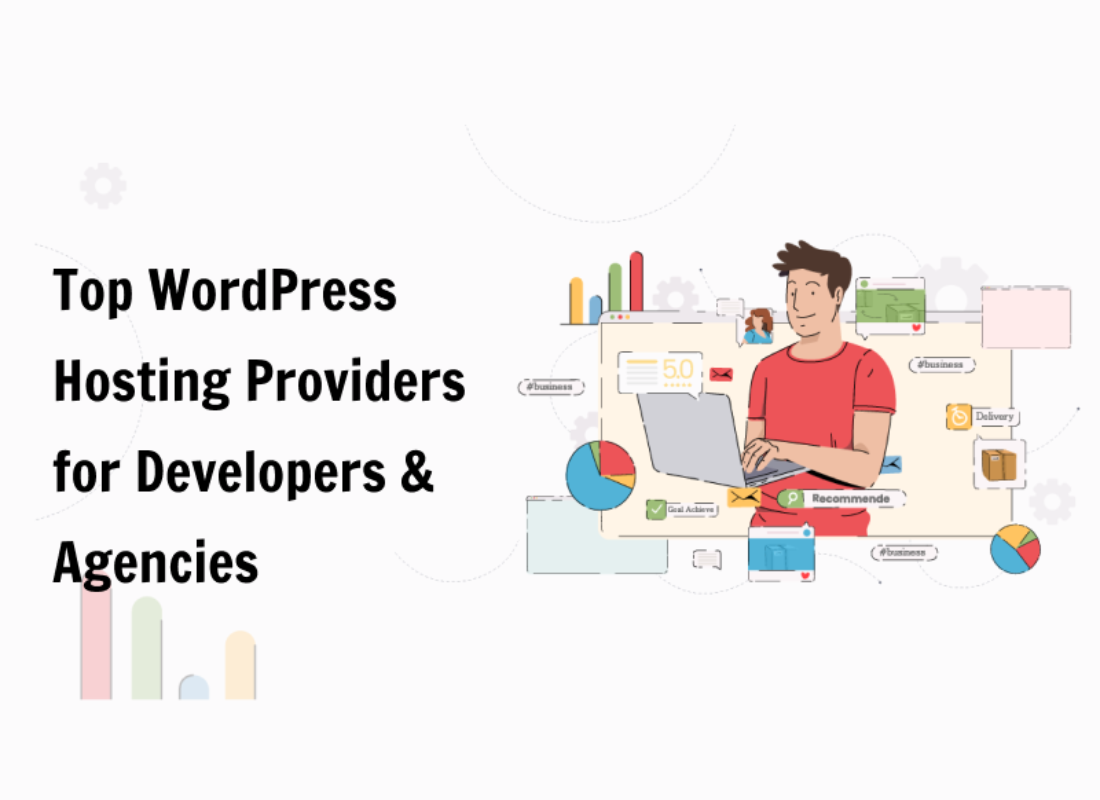On the one hand, IT Asset Management is crucial to any successful business strategy. By implementing best practices, organizations can make informed decisions that drive growth and success. On the other hand, IT asset management also streamlines financial, inventory, and contractual functions, optimizing cost and improving lifecycle management.
With the right approach, businesses can achieve significant operational efficiencies and reap the rewards of a well-managed IT environment. IT assets are the software and hardware comprising an organization’s IT infrastructure. With the constant influx of new devices and applications, businesses must implement effective IT asset management practices to safeguard these valuable assets.
With that in mind, by detecting and protecting these assets, companies can ensure their IT environment’s smooth and secure operation. Usually, Managed IT Services San Francisco experts specialize in providing effective IT asset management.
The Topmost Best Practices For Successful IT Asset Management
1. Develop a Comprehensive IT Asset Management Strategy
A comprehensive IT asset management strategy is essential for successful IT asset management. This involves identifying all of the assets within your organization, including hardware, software, and data, and creating a centralized system for tracking and managing these assets.
A vital component of this strategy is establishing clear policies and procedures for acquiring, maintaining, and retiring IT assets. This can include guidelines for purchasing new equipment, regular maintenance schedules, and secure disposal methods for outdated assets. In addition to establishing policies and procedures, helping improve business output performance is invaluable.
Likewise, investing in the right tools and technologies to support your IT asset management strategy is essential. This may include asset tracking software, network monitoring tools, and Physical Security Risk Assessment to protect sensitive data. Organizations can reduce costs, increase efficiency, and improve overall performance by taking a proactive approach to IT asset management.
2. Conduct Regular Asset Inventories and Audits
Conducting regular inventories and audits of your assets is essential to maintain successful IT asset management. It helps ensure you have an accurate record of all IT assets within your organization, which can be used to track their usage, monitor their condition, and identify potential security issues.
Regular inventories and audits also help ensure compliance with industry regulations and standards. When conducting an inventory or audit, gathering as much information about each asset as possible, including its location, age, condition, and value, is essential. This information can be used to decide when to replace or upgrade assets.
Additionally, it is recommended to use automated tools for asset tracking and management, as they can streamline the process and reduce the risk of errors. By regularly conducting inventories and audits of your IT assets, you can ensure that your organization is operating efficiently and securely.
3. Use IT Asset Management Software
Managing all of an organization’s IT assets can be a daunting task. However, with the help of specialized ITAM software, this process can be simplified and streamlined. By utilizing ITAM software, organizations can easily track and manage their IT assets, from hardware to software licenses, ensuring that nothing goes unnoticed or unaccounted for.
Effective asset tracking and management are crucial for the success of any organization. With the help of IT Asset Management software, you can efficiently manage all IT assets within your business. By integrating ITAM as part of a unified solution that includes patch management, backups/restores, and endpoint management, you can maximize the impact and scalability of your IT operations.
With these powerful tools, you can ensure that your organization’s assets are tracked, monitored, and optimized for maximum efficiency and success.
4. Monitoring the entire Lifecycle of Assets
Businesses adopt specific policies to manage their IT assets, from procurement to maintenance and disposal. To ensure a streamlined process, it is essential to develop a comprehensive IT Asset Management Lifecycle framework that covers all phases of the asset’s life cycle. Each step may contain vital asset information that contributes to the overall success of the framework.
Asset tracking and management are crucial for businesses to keep track of their dynamic assets. With technological advancements, asset tagging has become essential for companies to monitor their assets and statuses effectively. It allows businesses to optimize asset usage, reduce losses, and increase productivity.
5. Conduct Regular License Compliance Audits
Effective IT asset management requires a comprehensive approach that includes regular license compliance audits. These audits are essential to ensure that your organization complies with licensing agreements and avoids any potential legal and financial risks associated with non-compliance.
Regular audits will help you identify gaps or discrepancies in your licensing, allowing you to take corrective action before any issues arise.
Understanding your licensing agreements and keeping accurate records of all software installations and usage is essential. By implementing regular license compliance audits as part of your IT asset management strategy, you can help ensure that your organization remains compliant and avoids any potential legal or financial consequences.
6. Implement IT Asset Security Measures
Implementing IT asset security measures is an essential best practice for successful IT asset management. This involves protecting your organization’s hardware, software, and data from threats like theft, loss, or unauthorized access. To do this effectively, it is essential to conduct regular security audits and IT Risk Management Assessments to identify potential vulnerabilities.
Additionally, it would be best to implement physical security measures such as access controls and surveillance cameras and cyber security measures such as firewalls and antivirus software. It is also crucial to educate employees on proper security protocols and ensure they follow them consistently. By implementing these security measures, you can help protect your organization’s IT assets and maintain the confidentiality, integrity, and availability of your data.
Final Words:
Effective IT Asset Management is crucial for businesses of all sizes and industries. Organizations can save time and money by implementing best practices such as regular auditing, tracking, and disposal processes while improving security and compliance. Understanding your organization’s IT assets and how they are used to make informed decisions about procurement, maintenance, and retirement is essential. With proper ITAM, businesses can streamline operations and better allocate resources towards achieving their goals.




